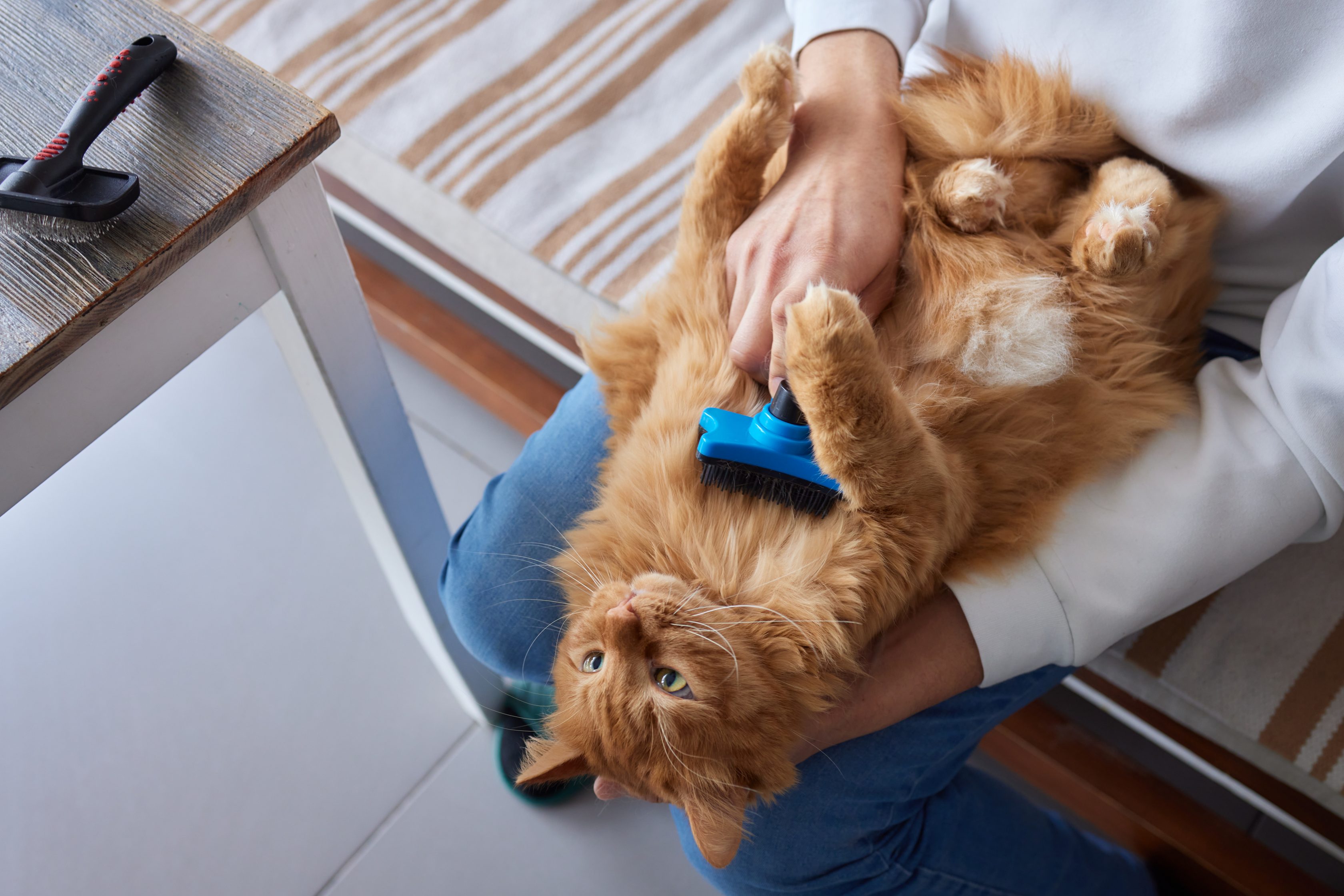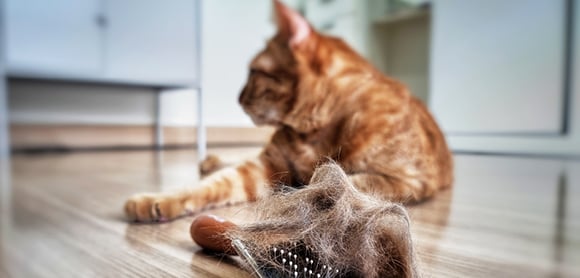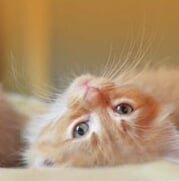According to the Cornell Feline Health Center, cats typically spend up to 50% of their waking hours grooming themselves. All that cleaning means they end up swallowing quite a lot of fur, which collects in their stomach to form hairballs. Long-haired cats, such as Maine Coons and Birmans, typically get more hairballs, although they still happen in shorthaired cats.
Cats vomit up hairballs so they don’t pass into their intestines and potentially cause a blockage. If you hear your cat making gagging noises and dry retching, they’re probably trying to get rid of a hairball. Once vomited up, these balls actually look more like an elongated oval shape.
If you have an outdoor cat, you often won’t see their hairballs, since they’re more likely to vomit them up outside. But if you have an indoor cat, you’ll probably come across the occasional hairball.








